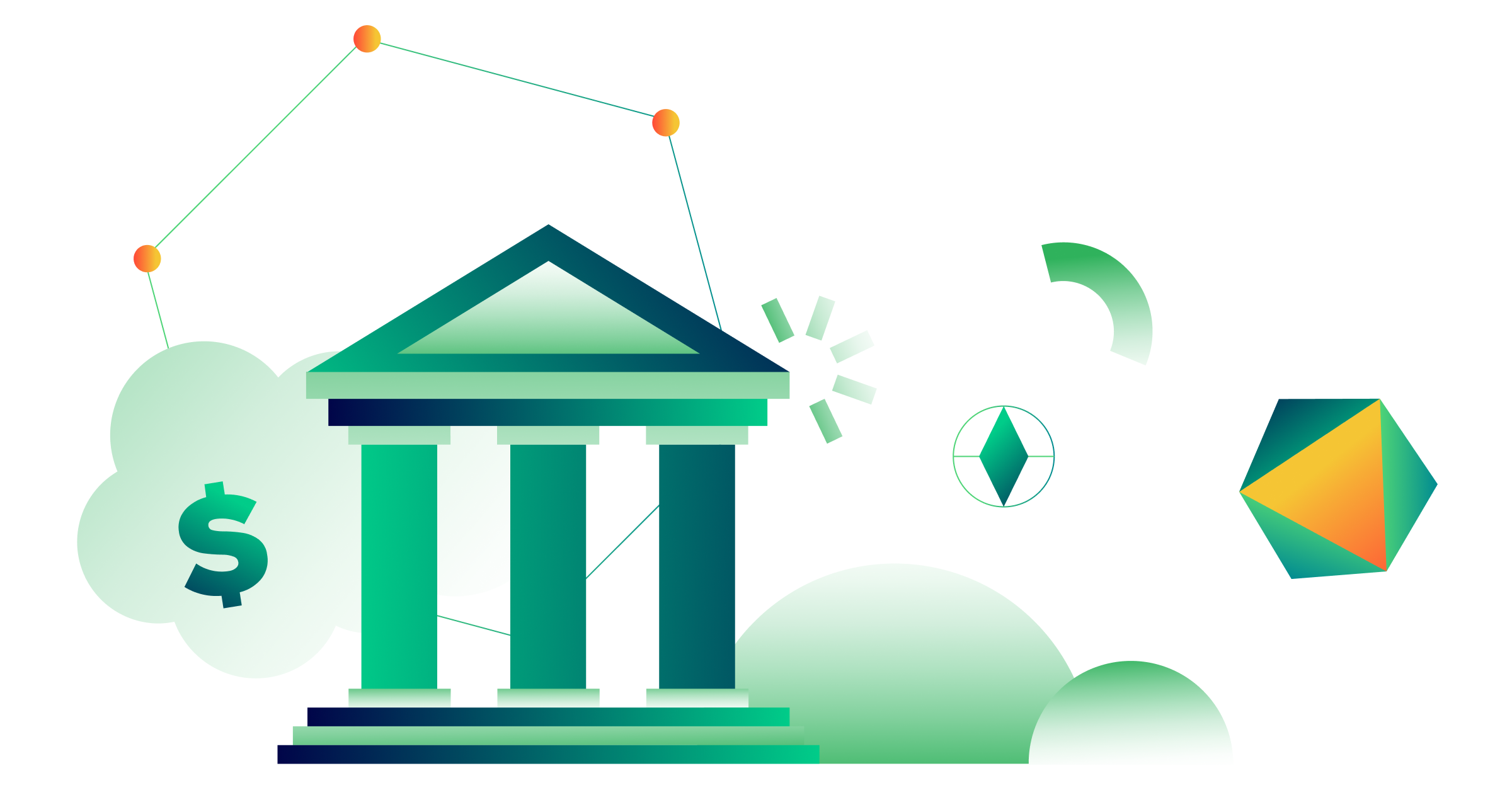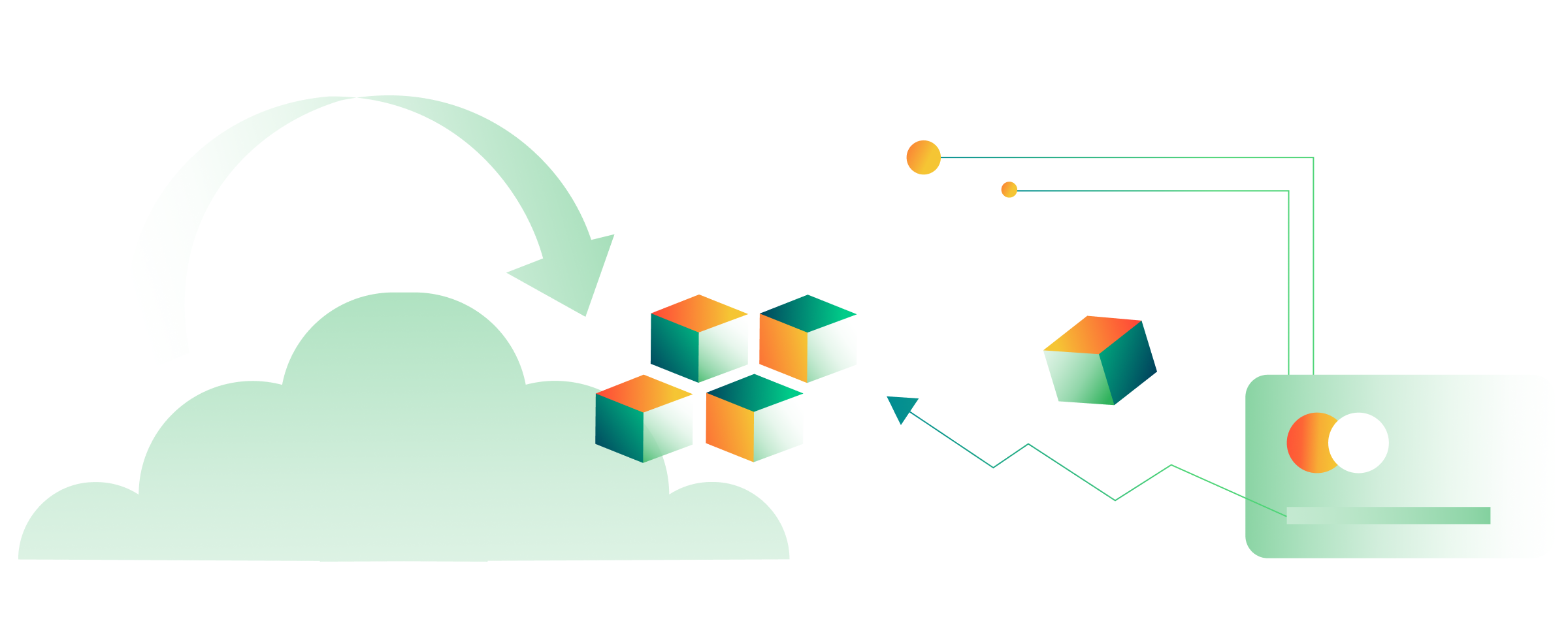Digital Asset Custody Services: Market Trends and Challenges
Digital Asset Custody Services: Market Outlook
The custody services market for digital asset investments has reached new heights, driven by the demands of institutional investors and regulatory initiatives in countries across the globe. But as more financial operators begin offering digital asset custody, it has become clear that the industry still faces many challenges.
This article provides a market overview of digital asset custody services. We’ll also explain some of the trends and obstacles that custodians will likely face in the future.
DACS market outlook
Digital asset custody services (DACS) include storage, management, and protection of digital assets on behalf of their owners. Custodians also provide such services as audit, reconciliation, and tax management. Compared to traditional financial asset custody, DACS addresses virtual and more volatile assets that often lack intrinsic value. These assets can be cryptocurrencies, stablecoins, and different token types, such as security, utility, or e-money. The security measures of traditional custodians and existing regulations are apparently too lax to ensure an adequate level of protection for digital assets.
Though DACS still has a long way to go, the digital asset management market is expected to nearly double between the years 2020 and 2025. Let’s take a closer look at its current state and what is driving its growth.
Market drivers
Research shows that more than half of investors worldwide include digital assets in their (or their clients’) portfolios. For example, in the U.S., the number of digital asset investors has grown by 10% during the past two years and reached 30% of all investors in 2021.
But if we compare different regions, the U.S. still lags behind Europe and Asia, probably due to slower adoption of alternative investments, a longer history of stock trading, and fewer regulated investment products that offer digital assets. In Asia, which historically had a more positive view of digital assets and was an early adopter of digital payments, 70% of investors currently hold digital assets and 80% plan to in the future.
Traditionally, trading in digital assets, especially in cryptocurrencies, was driven by retail investors. But now, with nine out of 10 investors considering digital assets appealing, the situation has changed. As the market booms and the cryptocurrency market cap reaches $2.5T, institutional investors and corporations are finally stepping in, and they demand high-grade professional custody services.
But despite the growing demand, there are some significant challenges for digital asset custody services. Among other things, such as high price volatility, institutional investors are concerned about the security of their assets and the risk of market manipulation. This forces regulatory authorities to safeguard investor interests.
Regulatory changes in the DACS market
In 2020, the Office of The Comptroller of the Currency (OCC), the bureau of the US Department of the Treasury responsible for regulating national banks, allowed banks and federal saving associations to provide cryptocurrency (including stablecoin) custody.
The custody services defined by the OCC go beyond wallet-like storage and include:
- Secure storage services for cryptographic keys
- Custodian for digital assets
- Crypto-asset transfer
- Crypto-to-crypto and crypto-to-fiat exchanges
- Trade execution
- Transaction settlement
- Recordkeeping, valuation, and tax services
In Asia, governmental regulations are advancing faster. For example, Japan was the first to legally define “virtual currency” as early as 2017. In 2020, the country certified two self-regulatory entities for the cryptocurrency industry.
Regulatory changes encourage financial operators to actively develop their custodian service solutions and meet the market demand. Such trust companies as Fidelity Digital Assets already provide custody and trade execution services for digital assets.
Banks, as traditional incumbents, may offer other cryptocurrency custody service approaches as their business model, risk appetites, and traditional services are different, and in most cases more conservative. Safety and security are crucial for custodial relationships, including private key management and storage are basic services banks must develop, while the regulator has to control those assets.

The rise of DACS providers
Today, there is a variety of digital asset custody service providers for institutional investors:
- Custody service providers that focus on institutional clients only (e.g., Paxos, BitGo, Fidelity Digital Assets, Anchorage)
- Custody service providers that focus on both retail and institutional clients (e.g., Bitwala, Sygnum, Coinbase, BlockFi, Gemini)
- Technology service providers that develop and provide custom custody solutions (e.g., Bitbond, Cybavo, Ledgermatic, KORE Technologies)
In general, cryptocurrency businesses and technology service providers are becoming involved with custody more quickly than traditional financial institutions. For example, PayPal recently acquired a DACS provider named Curv to expand its cryptocurrency initiatives. And cryptocurrency company Fireblocks launched a platform that enables banks and fintech companies to rapidly deploy crypto custody, asset management, and trading services.
Banks are more sluggish when it comes to adding digital asset custody services to their traditional offerings. Only a few banks such as BBVA, Shinhan Bank, and Nomura have active DACS solutions. Meanwhile, most banks remain at the implementation stage.
Will the number of DACS providers continue to grow? Let’s explore this in more detail.
DACS market: What to expect next?
There is a substantial need for professional and reliable custody services for digital asset investments. But as the market grows, DACS providers face a variety of obstacles that reach beyond traditional security concerns. Below, we outline the main trends in the DACS arena, and the challenges market stakeholders might face.
Rising demand for DACS
Today’s economic environment forces institutional investors to diversify risk and add inflation-resistant assets to their portfolios. Many consider cryptocurrency a hedge against inflation. For example, MicroStrategy, Tesla, Galaxy Digital Holdings, and other public companies have already made cryptocurrency part of their treasury.
Those investors who prefer less-volatile instruments receive the advantage of security tokens or stablecoins. Their value depends on tangible assets and, is therefore more predictable than Bitcoin or Ethereum. The numbers speak to the demand. For example, within just a year, the stablecoin market cap increased by more than seven times, from $16B in 2020 to $115B in 2021.
The interest of institutional investors in digital assets is also fueled by the activity of Asian Central Banks that are currently developing blockchain-supported digital currencies for faster cross-border payments and shorter settlement cycles (T+1 or even T+0).
All these factors, together with regulatory policies that make the digital asset market more secure and stable, combine to speed-up DACS development and adoption into high gear.

Higher standards set by banks
The OCC assumes that compared to other market players, such as cryptocurrency businesses or tech companies, banks can provide more secure and reliable storage, better evaluate financial, legal, and regulatory risks, as well as implement appropriate controls. And it’s no wonder: banks are already highly regulated institutions and can guarantee more reliable services to clients than cryptocurrency platforms and tech companies.
The market’s interest in digital assets and the growing number of hedging instruments will fuel a bank client demand for robust custody service solutions that can be used for both traditional and digital asset investments. We expect that banks will likely try to merge new digital asset custody services with their custody services for stocks and bonds into full-scale platforms.
New comprehensive software solutions will “synchronize” operational models for digital and traditional assets in terms of timing, transaction cost optimization, liquidity instruments, and transaction hedging. As a result, high-quality bank offerings will likely set the bar high for the other market players.
Tax and audit services as part of DACS
Due to complex regulatory and financial reporting requirements, banks will place a strong focus on due diligence of digital asset investors, auditing blockchain-based assets, and asset reconciliation, resulting in more comprehensive custody offerings and solutions. The need for new tax rules for digital platforms (similar to those in South Korea) is the key factor that drives the growth of the DACS-related tax and audit services market.
The shift of a focus towards a business aspect
The competition between banks and other DACS providers will lead to competition between DACS software vendors as well. Existing technologies already enable developers to build comprehensive DACS platforms, so there will soon be an increased number of feature-rich solutions. The implementation of DACS will then become a business challenge rather than an IT challenge. Platform integration and customization capabilities, range of DACS management services offered, and maintenance costs will become the main criteria by which custodians will choose DACS software.
Low-code/no-code solutions
Building new DACS solutions from scratch requires significant investments. Meanwhile, the functionality of DACS solutions largely overlaps with the functionality of the existing custodial platforms for traditional assets. So instead of building a completely new platform, financial operators could benefit from developing highly scalable solutions with a complex integration infrastructure that enables combining operational models for both digital and traditional assets. And this is where low-code and no-code development comes in handy.
Low-code and no-code development platforms allow users to build applications by simply using a drag-and-drop feature in a platform's interface. In technical terms, these platforms combine fast visual development tools, domain-specific language, software engineering, and design thinking. Automatic back-end coding on these platforms typically requires no user intervention.
Low-code/no-code platforms can represent a “silver bullet” for financial institutions that want to offer DACS. These platforms will enable providers to launch DACS solutions faster and at a lower cost. By reducing development and maintenance costs, DACS providers will be able to reduce the minimum account balances for clients, making their custody solutions more appealing to traders.

Be among the pioneers of innovation
Digital assets have become more appealing to institutional investors. But as more investors enter the market, the need for robust digital asset custodian services and software solutions to support them becomes more urgent. If you are a provider who wants to offer DACS to your clients, partnering with a reliable development service provider like SoftServe will jumpstart your project.
SoftServe has more than 29 years of experience in fintech and develops solutions for private banking, crypto investment, and wealth management. With just the right expertise at the crossroads of blockchain, security, infrastructure, and custody services, we can provide end-to-end development services and devise a solution that fully meet your business needs.
Let’s talk about how SoftServe can help you realize the full potential of your DACS project!

